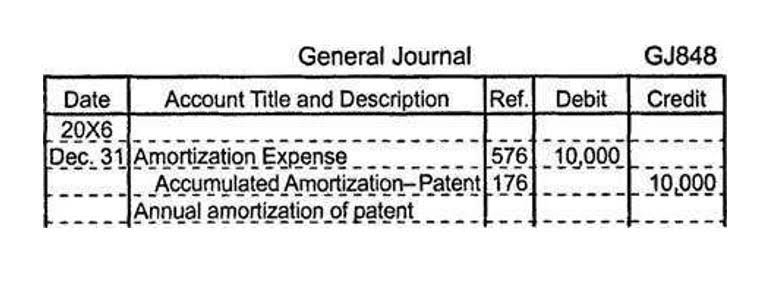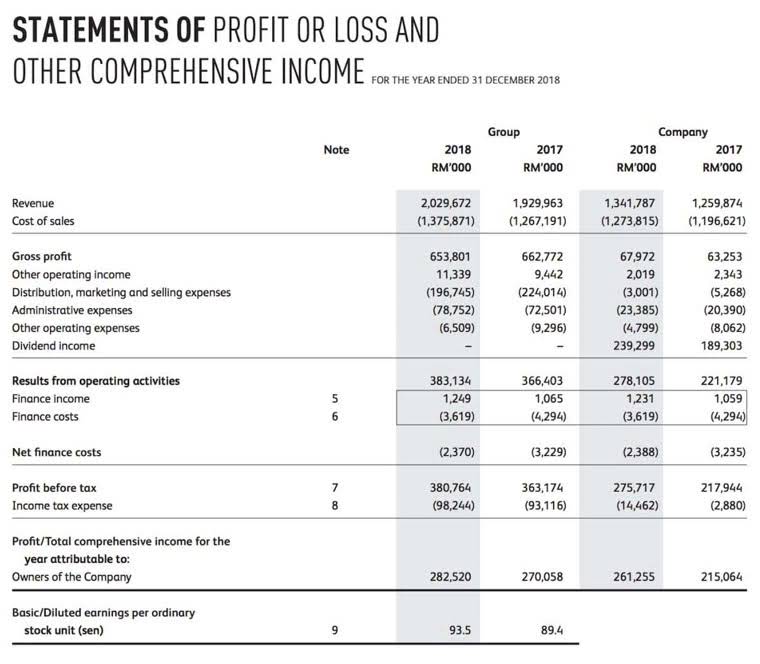
Overall, liquid assets are of utmost importance to any individual or a company as it becomes convenient. At the same time, make emergency debt repayments, purchase equipment, hire contribution margin labor, payment of taxes, and several others. In a liquidity-based presentation of the balance sheet, the most liquid items show first on the side of assets on the balance sheet.

The Structure of the Balance Sheet

It enables market participants to swiftly buy and sell assets, thereby ensuring the seamless flow of capital and the efficient allocation of resources. A liquid market fosters price transparency, as assets can be traded at prevailing market prices without substantial price fluctuations, promoting fair and equitable transactions. A low order of liquidity signifies that a company has fewer assets that can be quickly converted into cash. If a company consistently displays a low order of liquidity, it might indicate potential issues with paying off short-term liabilities, which could lead to financial instability.
Balance sheet accounting
Similar to other assets, liquid assets are reported on the balance sheet of a company. Assets are listed on the balance sheet in order of liquidity, with the most liquid types listed at the top of the balance sheet and the least liquid listed at the bottom. The next on the list are marketable securities like stocks and bonds, which can be sold in the market in a few days.
- These assets can be transformed into cash rapidly, with a negligible effect on the price available in the entire market.
- Some marketable securities are considered liquid based on the underlying asset.
- The order of liquidity is the order in which assets are listed on a balance sheet, starting with the most liquid assets and ending with the least liquid assets.
- Items listed first have the highest liquidity, meaning they can be rapidly converted to cash.
- Current Assets can be defined as a firm’s ability to convert the value of all assets into cash within a year.
- Assets with high liquidity can be easily traded, while those with low liquidity may encounter challenges in finding buyers or sellers at a desired price.
Related AccountingTools Course
The marshalling method refers to the process of arranging assets and liabilities in a specific order, either by liquidity or permanence, to enhance the readability and understandability of the balance sheet. On the other hand, from the perspective of market makers and liquidity providers, liquidity is important for managing risk and facilitating smooth market operations. order of liquidity assets Market makers play a vital role in ensuring continuous liquidity by quoting bid and ask prices for assets and standing ready to buy or sell at those prices. In business, liquid assets are important to manage for both internal performance and external reporting. A company with more liquid assets has a greater capability of paying debt obligations as they become due. Generally, several factors must exist for a liquid asset to be considered liquid.

- Money owed to the business through normal sales is considered by the company’s sales terms, so receivables may have a 30- or 60-day liquidity, for example.
- Liquid Assets are the business assets that can be converted into cash within a short period and include the assets such as cash, marketable securities, and money market instruments.
- Liabilities are ordered so that capital, which remains in the business the longest, is at the top, and overdraft/creditors, which are paid off quickly, are at the bottom.
- They are obligations that must be paid under certain conditions and time frames.
Financial institutions also rely on Budgeting for Nonprofits liquidity to meet their short-term obligations and manage liquidity risk. Adequate liquidity ensures that institutions can honor deposit withdrawals, fulfill payment obligations, and navigate fluctuations in funding conditions. Central banks and regulatory authorities closely monitor liquidity conditions to safeguard the stability of the financial system and prevent disruptions that could have systemic implications.
- Inventory is also considered a current asset, as it can be sold and converted into cash within a relatively short period of time.
- Cash equivalents are other asset holdings that may be treated similar as cash due to their low risk (or insurance coverage) and short-term duration.
- Examples of noncurrent assets include long-term investments, land, intellectual property and other intangibles, and property, plant, and equipment (PP&E).
- Understanding its importance helps investors navigate the complex world of finance.
- This exercise gives us a rough but useful approximation of a balance sheet amount for the whole year 2024, which is what the income statement number, such as net income, represents.
- They are usually presented in order of liquidity on the balance sheet and include cash and cash equivalents, accounts receivables, inventory, prepaid, and other short-term assets.
Liquidity is a company’s ability to convert its assets to cash in order to pay its liabilities when they are due. To calculate a company’s order of liquidity, you need to review its balance sheet. The order of liquidity is determined by listing the assets in a specific order. Assets are listed in the balance sheet in order of their liquidity, with cash at the top as it’s already liquid. This makes sense, as cash can be used immediately to pay off debts or invest in the business.
Short-term investments provide companies with a balance between liquidity and return. Businesses often use these assets to manage excess cash efficiently, ensuring funds are available for operational needs while generating returns. Investors analyze the proportion of short-term investments relative to total assets to assess a company’s liquidity strategy. Financial statements follow a structured format to ensure clarity and consistency. One key aspect of this structure is the way assets are listed on the balance sheet, specifically in order of liquidity—how quickly they can be converted into cash without significant loss in value.

Therefore, in this method assets and liabilities are placed in order of their decreasing permanence. Improve your company’s liquidity with our Corporate Cards, so you can cover all your bills and payments at any time. Below is an example of how many common investments are typically ranked in terms how quickly and easily they can be turned into cash (of course, the order may be different depending on the circumstances).
